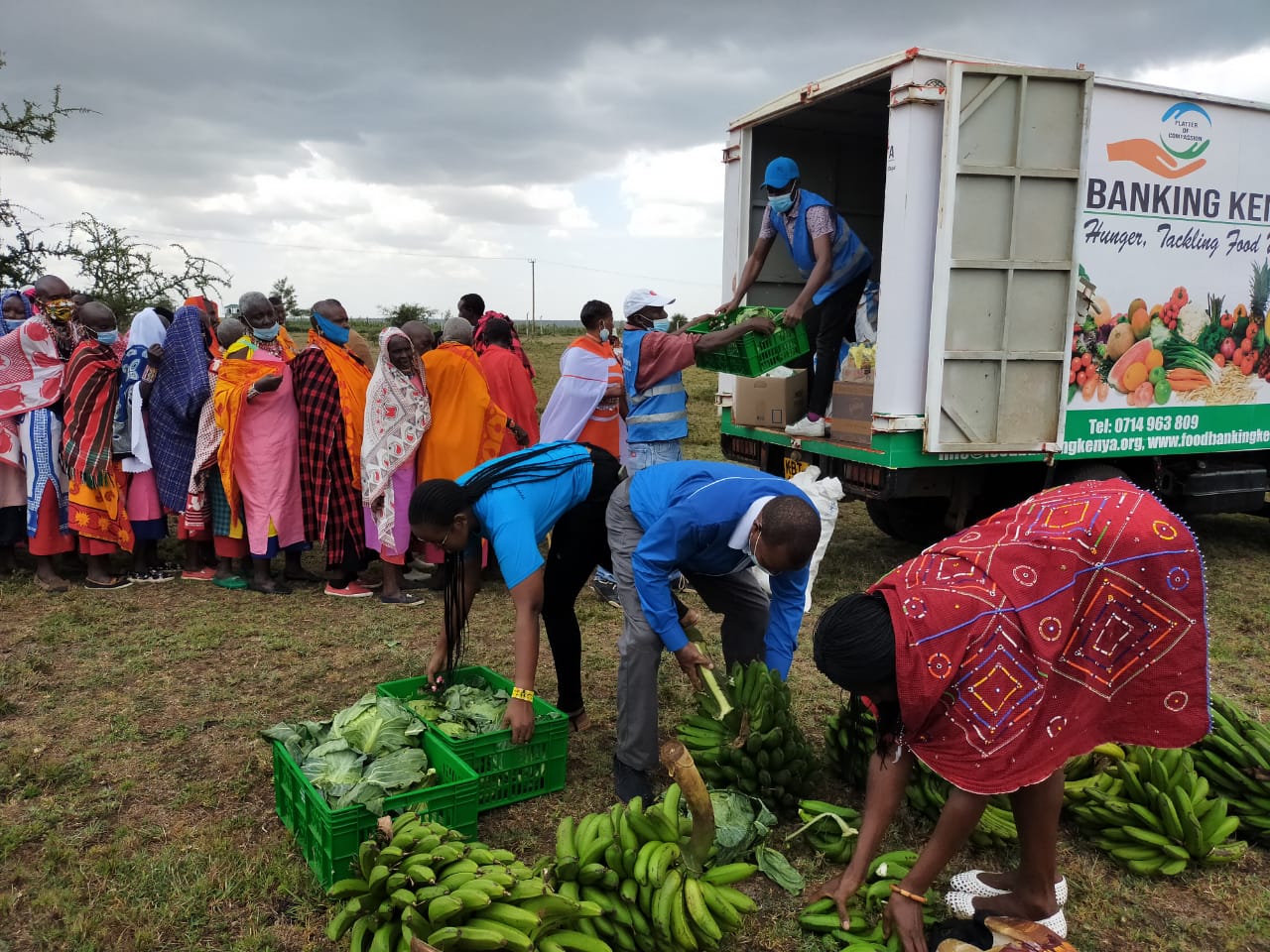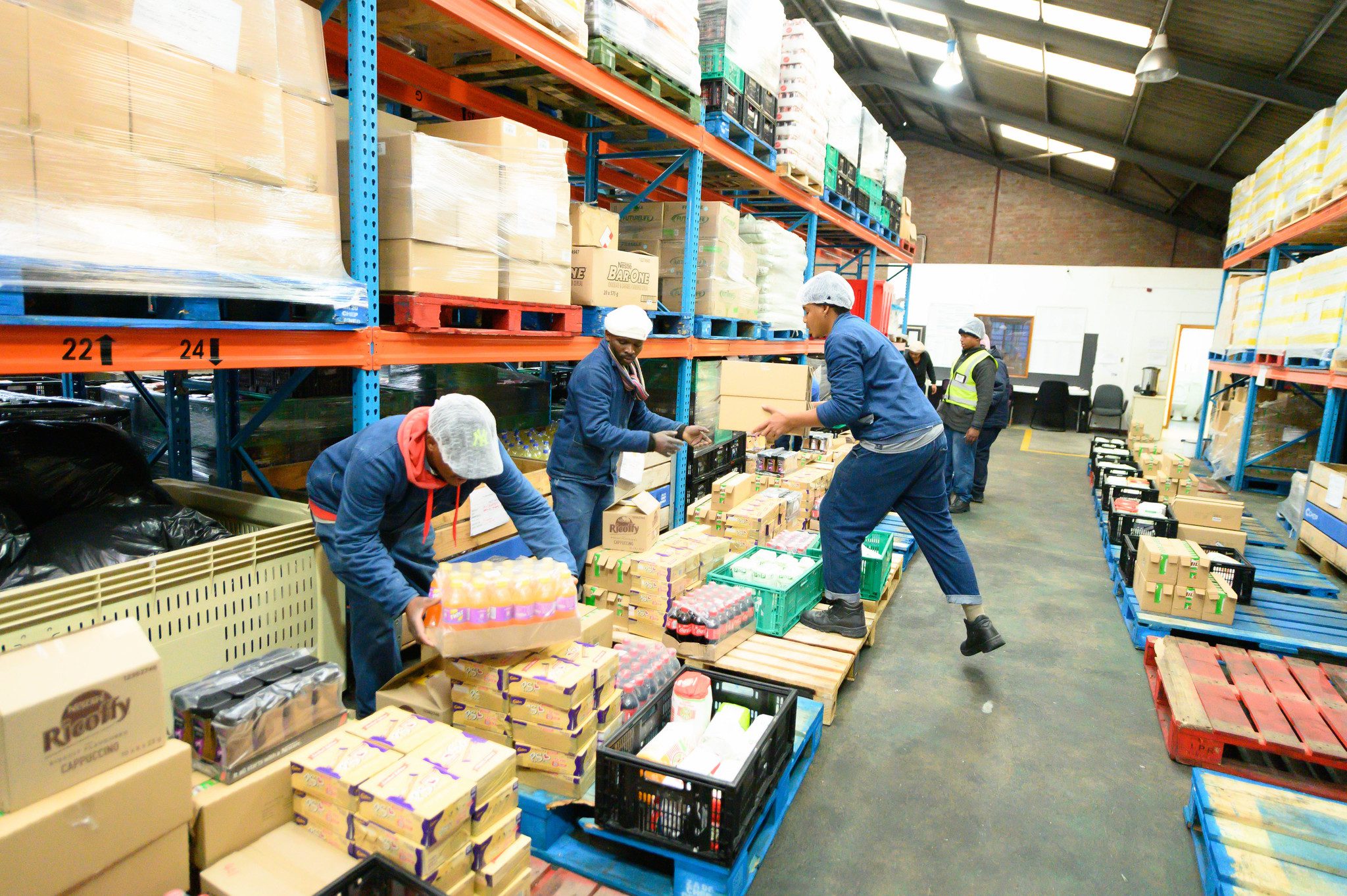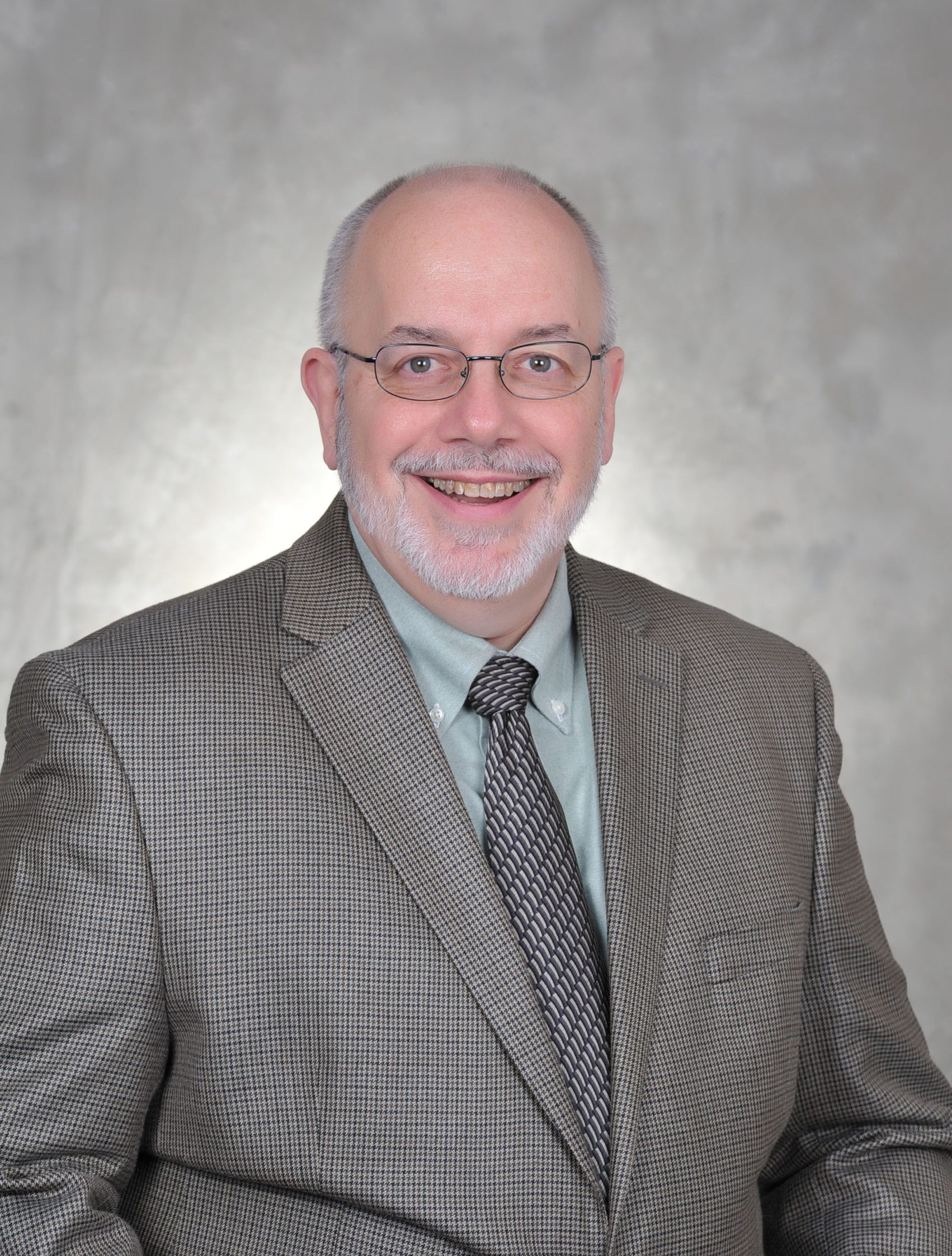
GFN: What does it take to start a food bank?
Chris Rebstock: First of all, you’ve got to have a really good understanding of what a food bank really is and the engagement you need from the community or country in order for the food bank to be successful.
You need facilities to receive and store and potentially handle the food. You need the hard assets that are necessary for logistics management and moving food around within the facility but also perhaps vehicles for collecting the food and distributing it. You need staffing resources, whether they’re paid or volunteer, or, ideally, a mix of both.
You need connections to the appropriate government departments and partnerships in the private sector with all different segments of the food industry throughout the supply chain. You need partnerships with relevant NGOs and other segments of civil society. Most importantly, you need a connection to the people that you will be serving.
What is GFN’s New Food Bank Development Program?
It’s an effort to help organizations go through all that I just talked about, to put it all together, and get to the point of launching operations.
There are two paths. One path is kind of a reactive path, where somebody comes to us at GFN and says, “I’m thinking about starting a food bank, and I need your help to make sure that it all comes together correctly.” The second path is more proactive, where we identify countries where food banking could have significant impact and where there is no food bank activity going on. We will do a high-level feasibility assessment as to whether food banking could work there, and if we believe it can, then we work through our global corporate partners, global NGO partners, and multilateral partners to try and identify potential leadership in the country who we could reach out to and stimulate the discussion.
In both paths, we help new food bank leadership go through the feasibility assessment, planning process, business plan, capitalization plan, and take it through to the point of launching operations.
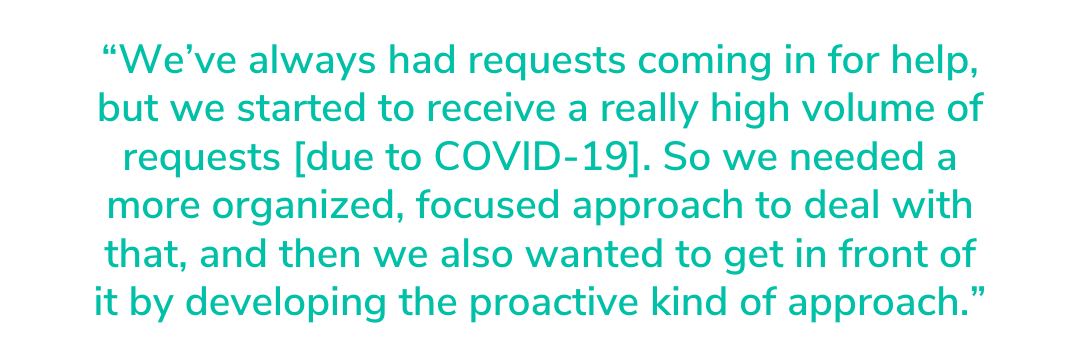
When did this program start?
We just launched it at the end of the first quarter of 2021. So it’s less than a year old at this point. The activities of the program, to some degree or another, have always been there as a part of GFN’s work from our founding in 2006. But never in a way that’s organized and structured the way it is today.
What was the impetus to start the program?
One of the biggest influences was the number of requests that we got last calendar year because of the implications of COVID in terms of increased demand in many countries, increased food insecurity in many countries—particularly in countries that either didn’t have food banks at all or maybe had one food bank in one city, but not other parts of the country.
We’ve always had some requests coming in for help, but we started to receive a really high volume of requests. So we needed a more organized, focused approach to deal with that, and then we also wanted to get in front of it by developing the proactive kind of approach.
How many more requests did you receive after the start of the pandemic?
We were getting requests once a month, once every six weeks pre-COVID, and we were getting almost weekly requests after March of 2020.
What geographic areas does the New Food Bank Development Program focus on?
We’ll take serious inquiries from pretty much anywhere, but our primary focus is sub-Saharan Africa and Southeast Asia. And the primary reason is that’s where the biggest need is and also where the biggest dearth of food banks is. So we’re trying to fill in the gap.
Almost every single country in Latin America has a food bank, for instance, so there’s not a whole lot of need for new food bank development there. But out of the 54 countries on the African continent, only seven of them have food banks that are part of the GFN system, and maybe half a dozen more have food banks that are independent and/or connected with another regional network. So there’s a huge need for food bank development in Africa.
We’ve made lots of progress, especially through the Incubator, over the last few years in Southeast Asia. But there are still quite a few countries in Southeast Asia that need new food bank development
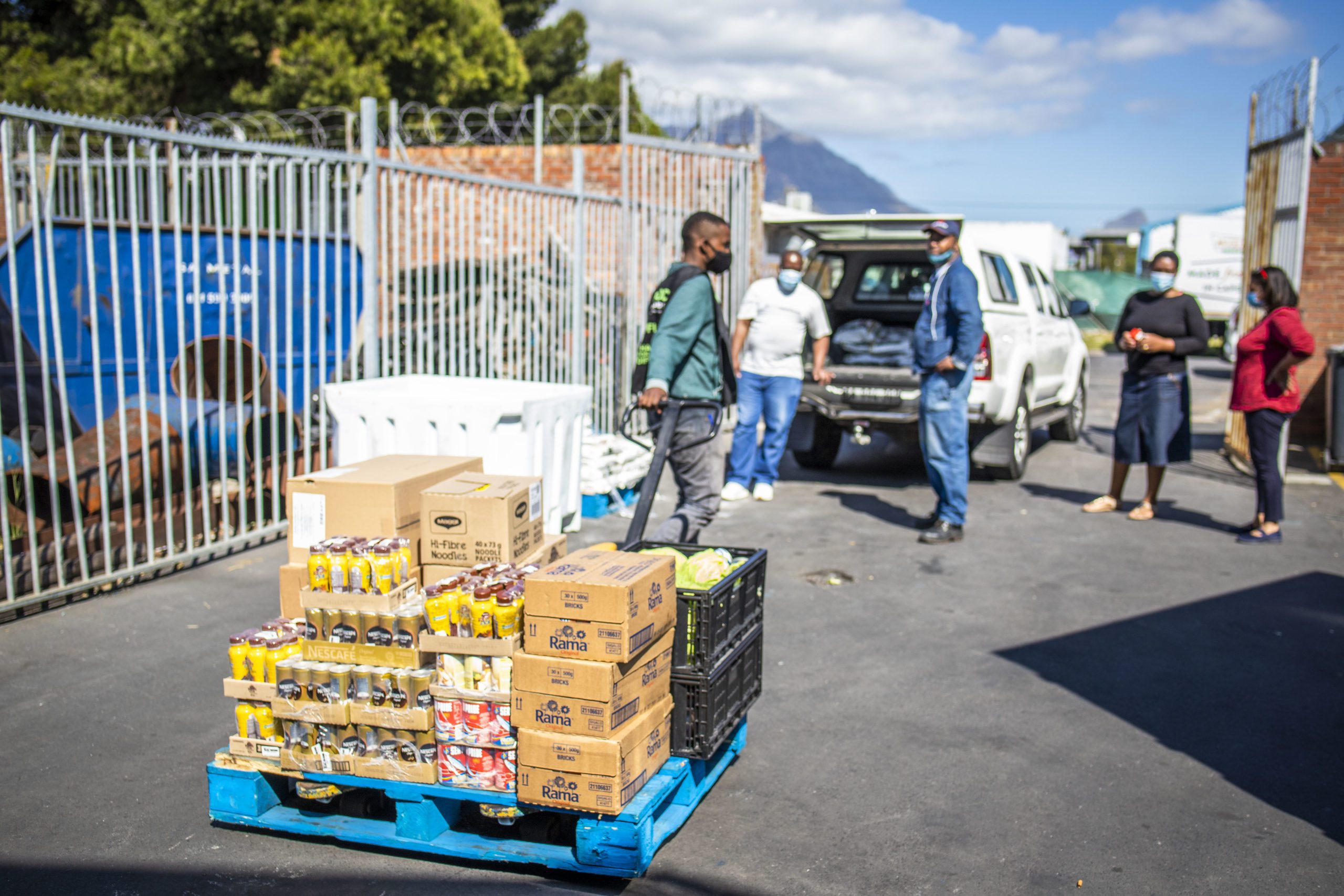
What kinds of tools does GFN provide through this program?
The first set is published, and we’re just starting the process of getting them translated into multiple languages. That set of toolkits is all about designing the concept, putting together an effective planning process, feasibility assessment, business plan, capitalization, launch.
The second series of toolkits, we’re just in the process of scoping out now and will be writing over the course of the next 12 months or so. And these are much more practical, down-in-the-weeds operational toolkits. How do you do effective inventory management and record keeping? How do you fundraise effectively? How do you source food effectively? How do you manage a fleet of vehicles? Should you lease, should you buy? All those different operational, functional areas will each have a toolkit.
GFN’s work is propelled by and rooted in communities. How does the New Food Bank Development Program reflect that value?
GFN believes a food bank can only be successful when it’s locally designed and owned. It’s why we have resisted requests over the years from the very early days to go in and start a food bank [by ourselves]. We’ve had that request from a number of different places—“Just come in and start one, and we’ll take it over and run it.” And our response is “no,” because that eliminates the benefit of local, passionate ownership and local, passionate development.
We know how to put a food bank together, but we don’t know how to put a food bank together in your country. What we can do is help guide you through the list of all the things that need to be assessed and analyzed, and we can function as good counsel to help you take what you learn and translate it into a plan. But you’ve got to put the passionate commitment into owning it, owning the concept, and figuring out how to adapt the concept to work in your community or your country.
